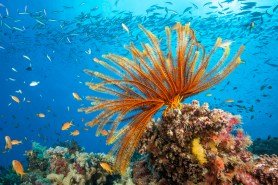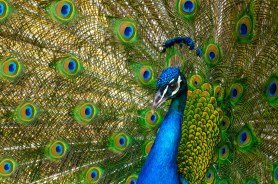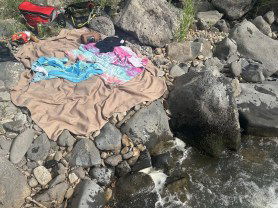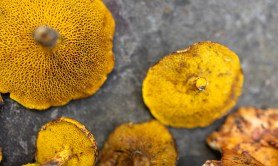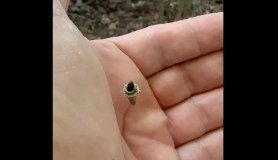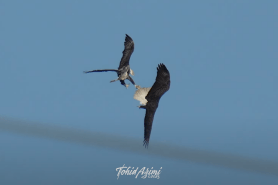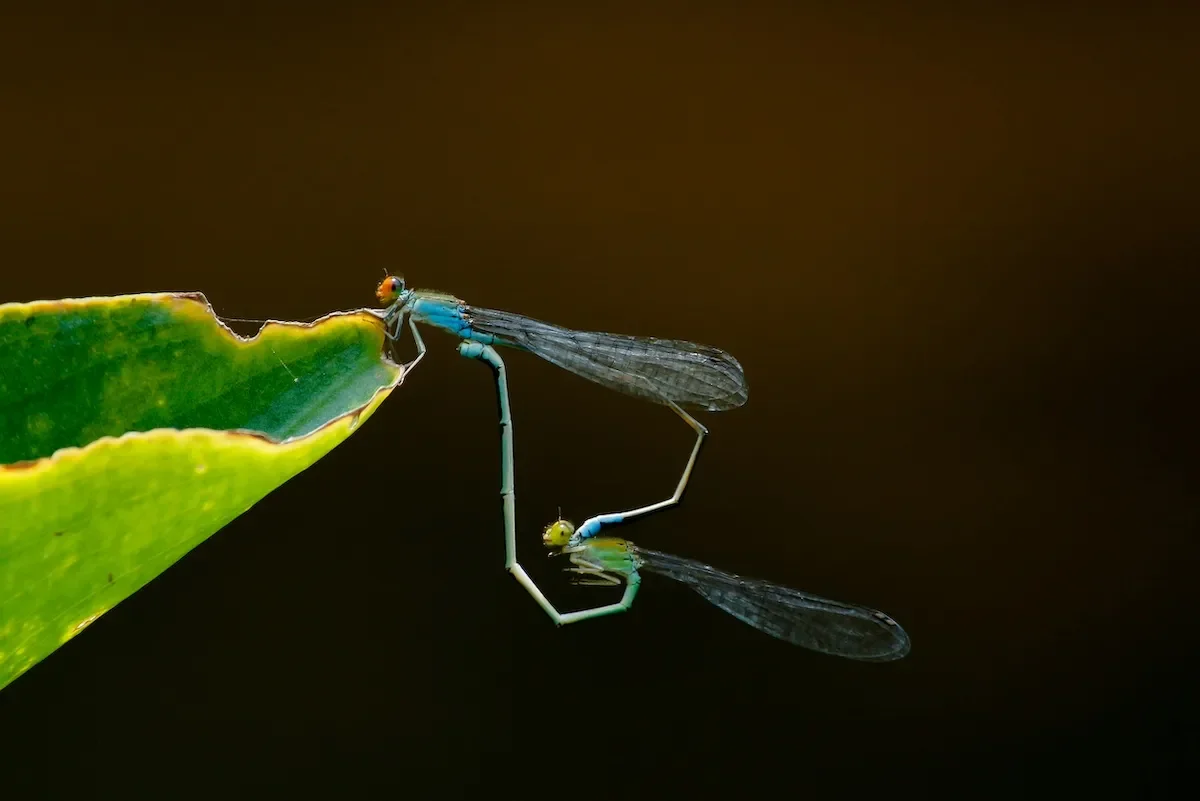

Climate change affects some species’ ability to thrive in their habitats. A famous example is sea ice and polar bears. Less sea ice often means less food for polar bears, since they use the ice shelves to hunt for seals. A research study suggests another way climate change could impact species’ survival: their ability (or inability) to mate in extreme weather.
“Getting it on” in the wild may seem like the most natural of things, but for some species, it won’t be, if the climate shifts too much.
“Species require special traits to mate in hot and stressful environments, and species without these mating traits are especially vulnerable to climate change,” said University of Colorado Denver Integrative Biology Assistant Professor Michael Moore, who conducted the study.
“Biologists have long understood that species can only start using new habitats after they evolve novel traits that help them grow and survive there. What our study shows is that where species exist now, and where they might be able to persist in the future, is also determined by whether or not they have traits that help them mate in those new climates.”
It makes sense, right—where you can’t mate, you can’t thrive? Here’s a closer look at how the researchers came to their conclusions.
For Some Dragonflies, It’s All About the Sunscreen Wax
The study considers male dragonflies, some of which produce hydrophobic UV-reflective wax, which, as it turns out, is really important in dragonfly mating. “The wax prevents males from overheating and drying out when they try to attract mates at sunlit ponds,” according to a University of Colorado article exploring the study.
The wax is an adaptation these animals have that allows them to mate in places where it gets hot and steamy before the action even begins. But not all dragonfly species make their own hydrophobic sunscreen wax, and those are the species researchers say could be at risk if they can’t adapt.
“Climate change doesn’t seem to be affecting the species that possess this wax that allows males to mate in warmer and drier habitats,” Moore said. “By contrast, the species that lack the wax are being driven to extinction by climate change at an alarming rate.”
The results imply that the same issue could affect other species, if they don’t have adaptations that help them mate in certain conditions. Therefore, as climates change, often becoming more extreme, it’s worth considering not only whether species can survive in these extreme conditions but also if they’ll be capable of mating in these extreme conditions.


